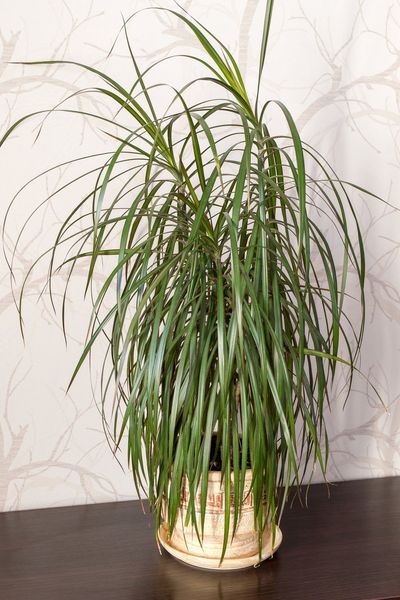Houseplants for allergy relief generally have larger leaves and make an attractive statement in your home. Most take very little care, and some low allergy houseplants even remove dangerous chemicals, such as formaldehyde, from the air.
Growing Houseplants for Allergy Relief
Houseplants for allergy sufferers have two advantages: some of them clean the air and none of them produce excess pollen to make allergies worse. Like all plants though, these varieties have the potential for making allergies worse if they’re not cared for correctly. Every plant can be a dust catcher if you put it in a corner or on a shelf and never do anything but water it now and then. Wipe down the plant leaves with a damp paper towel once a week or so to prevent dust buildup. Only water the soil in houseplants for allergies when the soil becomes dry to the touch, about the first inch or so (2.5 cm.). Excess water leads consistently damp soil and this can be the perfect environment for mold to grow.
Houseplants for Allergies
Once you realize that having plants in your home can actually be a good thing, the question remains: Which houseplants relieve allergies the best? NASA conducted a Clean Air Study to determine which plants would work well in closed environments such as Mars and Lunar bases. The top plants they recommend include the following:
Mums and peace lilies, which help to remove PCE from the air Golden pothos and philodendron, which can control formaldehyde Gerbera daisies to control benzene Areca palm to humidify the air Lady palm and bamboo palm as general air cleaners Dracaena, well known for grabbing allergens from the air and holding them in its leaves
One plant you should know about if you are allergic to latex is the fig. Fig tree leaves give off a sap that includes latex in its chemical makeup. For latex allergy sufferers, this is the last plant you want to have in your home.
